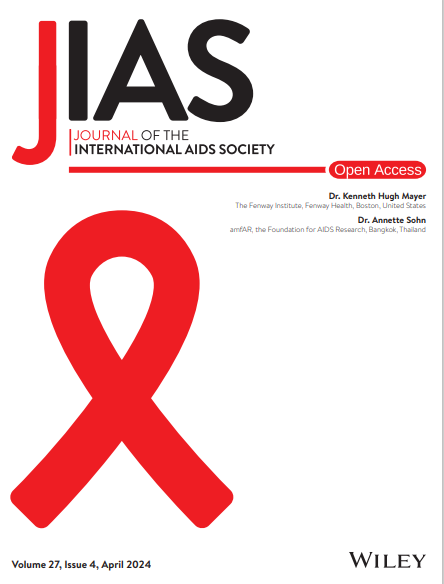HIV-1 testing in the context of expanding PrEP modalities
Abstract
Introduction
Multiple effective antiretroviral-based pre-exposure prophylaxis (PrEP) modalities for HIV-1 prevention are now available or under investigation but their safe rollout requires implementable HIV-1 testing strategies that accurately identify rare cases of HIV-1 acquisition. Current PrEP testing guidelines and testing algorithms in PrEP studies are varied, using single or combinations of rapid antibody-based diagnostic testing, qualitative or quantitative nucleic acid testing, and/or sample collection for retrospective analyses with sensitive research assays for HIV-1 nucleic acid detection. The objective of this commentary is to summarize current and alternative HIV testing approaches for PrEP implementation to guide best practices for individual programmes.
Discussion
Diagnosing HIV-1 in PrEP users is challenging because (1) rarity of breakthrough HIV-1 in individuals on PrEP that increases the risk of a false-positive test; (2) modification of acute HIV infection by PrEP; and (3) PrEP delivery in community settings with inadequate testing infrastructure. Current best practices indicate the use of rapid diagnostic tests or self-testing as recommended by national testing algorithms and the World Health Organization (WHO). The use of nucleic acid testing such as plasma HIV-1 RNA polymerase chain reaction may allow earlier detection of HIV-1 but feasibility and risk of false positive are downsides. Sensitive tests to detect single-copy HIV-1 RNA in plasma and integrated proviral DNA in blood mononuclear cells may be important methods to resolve ambiguous HIV-1 diagnosis in research settings. Delayed diagnoses could lead to drug resistance emergence under long-acting PrEP selection, whereas single unconfirmed false-positive tests could create diagnostic challenges in users of long-acting PrEP. The cost, feasibility and positive predictive value of HIV tests are important considerations for PrEP programmes.
Conclusions
Optimal strategies to detect HIV-1 acquisition among users of different PrEP modalities are evolving. While new guidance from the WHO recommends HIV-1 testing by serological assays or self-testing with PrEP use, feasible plans for clinical management of rare cases of breakthrough on PrEP and ambiguous diagnoses are still needed. The data from PrEP studies and scale-up will help us assess the value of different tests and testing approaches for their inclusion in HIV detection algorithms across PrEP modalities.

 求助内容:
求助内容: 应助结果提醒方式:
应助结果提醒方式:


